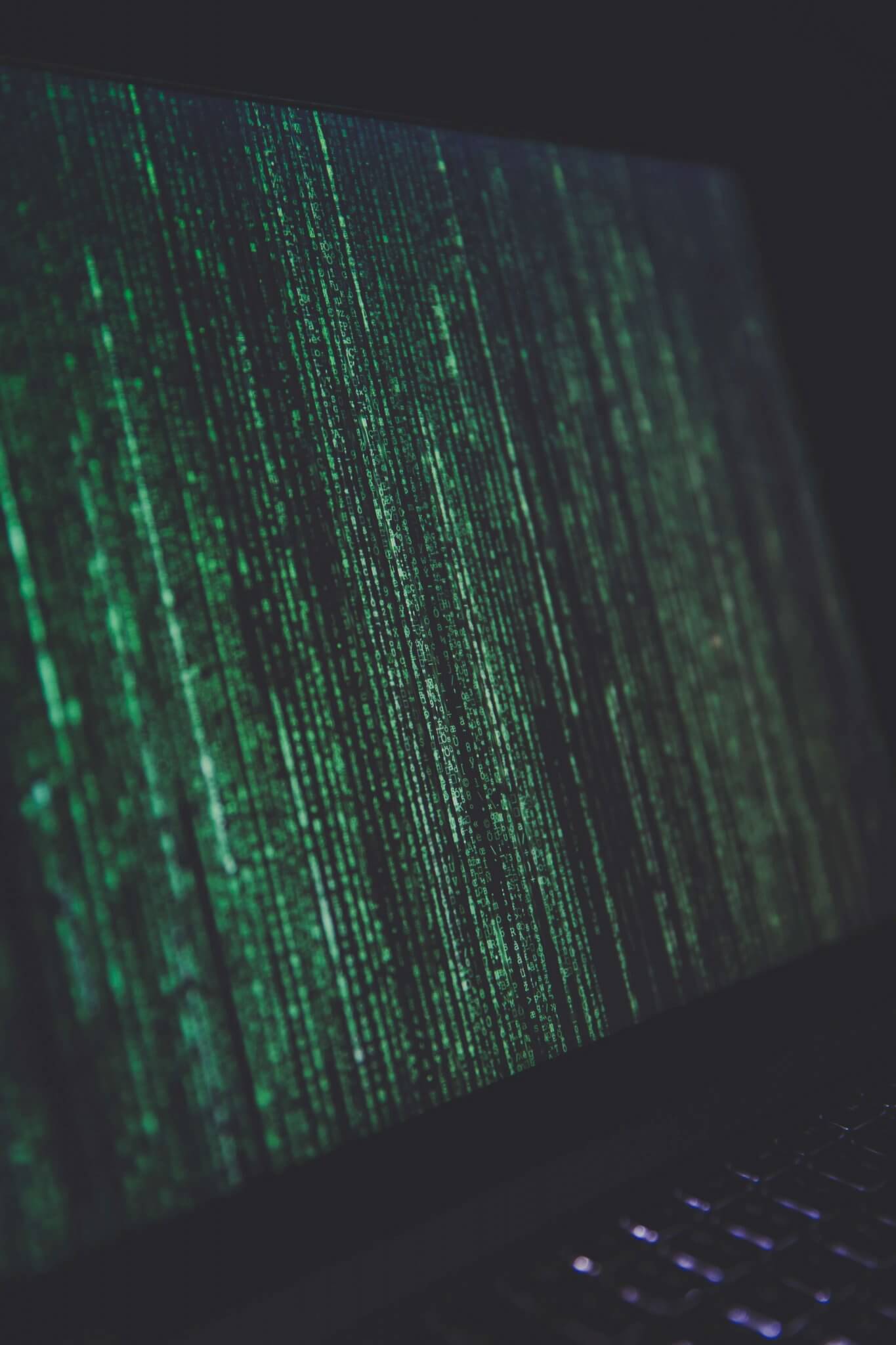Trusting A Polygraph

If someone is under stress just by being hooked up to a polygraph machine, are the results trustworthy?
By Julio Vasquez, Marketing —
The polygraph test has been used for decades. Law enforcement has used it to interview suspects and also to screen potential employees. The polygraph ‘monitors the body respiratory system and blood pressure to find indicators that a person is nervous’ which may lead the polygraphist to believe the subject of the exam is lying. It’s crucial to understand that people get nervous for multiple reasons, especially when under pressure or nervousn. But are these indicators that someone is lying?
Polygraph’s accuracy
Polygraph administrators claim that a polygraph machine has a 90 percent accuracy rate. A polygraph examiner must complete 400 hours of specialized training to even be recognized as a polygraphist. Something to consider has to do with not only the accuracy of the device but also with the biases of the polygraphists administering the exams.
The Polygraph Can Be Helpful, But…
An example of when a polygraph examiner failed is the story of Mitchell Lynn Bacom, a 63 year old man from Martinez, California. This individual had been linked to a murder in 1980, but was released after taking and passing a polygraph test. Now, Mister Bacom has been charged again for the murder he was polygraphed for 37 years ago. Thankfully, he was charged because of the DNA evidence. Without it, he would still be a free man.
Helping The Polygraph
It is safe to say that polygraph has helped in multiple cases, but the world is changing and technology is becoming better. Converus, a tech company, has created proven credibility assessment technology based on years of proven scientific research. One of the companies’ products is called EyeDetect. This product can detect lies in less than 30 minutes and it has a proven 86 percent accuracy. EyeDetect along with the polygraph could come together and get close to 100 percent accuracy when interrogating or screening an individual.
Time to stop the lies, time to use EyeDetect.
Source
Photo by / Markus Spiske

